Alumina and Silica Extraction and Byproduct Development Directly from Chemical Deashing of Coals
Abstract
:1. Introduction
2. Materials and Methods
2.1. Deashing Chemicals and Chemical Analysis
2.2. Preparation of Alkali Solutions and Acid Solutions in Deashing the Coals
2.3. Silica and Alumina Extractions and Byproduct Developments
3. Results and Discussions
3.1. Alumina and Silica Transformations in Alkali Solution Regeneration
3.2. Silica Extraction and Byproduct Development in Acid Solution Regeneration
3.3. Alumina Extraction and Byproduct Development in Acid Solution Regeneration
4. Conclusions
Funding
Conflicts of Interest
References
- Reid, I. Non-Energy Uses of Coal; CCC/291; IEA Clean Coal Centre: London, UK, 2018. [Google Scholar]
- Nalbandian, H. Non-Fuel Uses of Coal; CCC/236; IEA Clean Coal Centre: London, UK, 2014. [Google Scholar]
- Reid, I. Coal Beneficiation; CCC/278; IEA Clean Coal Centre: London, UK, 2017. [Google Scholar]
- Meshram, P.; Purohit, B.K.; Sinha, M.K.; Sahu, S.K.; Pandey, B.D. Demineralization of low grade coal–A review. Renew. Sust. Energy Rev. 2015, 41, 745–761. [Google Scholar] [CrossRef]
- Zhu, Y. Coal Chemistry; Chemical Industry Press: Beijing, China, 2004. [Google Scholar]
- Zhao, L.; Li, W.; Chen, A.; Jin, F.; Jiang, X.; Liu, H.; Xiao, Y. Method for Removing Ash from Solid Carbonaceous Material. International Patent Application No. PCT/CN2019/108066, 26 September 2019. [Google Scholar]
- Zhao, L. Preparation of low ash coal by a green chemical method. In Proceedings of the Thirty-Fifth Annual International Pittsburgh Coal Conference, Xuzhou, China, 15–18 October 2018. [Google Scholar]
- Brooks, P.; Waugh, A.B.; Clark, K.N.; Weir, S.B. Process for Demineralizing Coal. International Patent Application No. PCT/AU2003/001409, 23 October 2003. [Google Scholar]
- Zhang, Z. Research on Extraction of Alumina and Other Useful Resources from High Aluminum Fly Ash. Ph.D. Dissertation, Northwest University, Xi’an, China, 2007. [Google Scholar]
- Tan, D.; Ma, H.; Zou, D.; Li, G. An experimental study of extracting aluminum hydroxide from high caustic sodium aluminate solution. Appl. Chem. Ind. 2008, 37, 1320–1324. [Google Scholar]
- Liu, G.; Li, X.; Peng, Z.; Zhang, C.; Liu, X. Reaction behavior between calcium oxide or calcium hydroxide and aluminate solution with heavy caustic soda. Chin. J. Nonferr. Met. 2000, 10, 266–269. [Google Scholar]
- He, B.; Liu, G.; Li, X.; Peng, Z.; Zhang, C. Studies on the formation of hydrate calcium silicate in the strong caustic solution. J. Cent. S. Univ. Technol. 1998, 29, 245–248. [Google Scholar]
- Sriramoju, S.K.; Suresh, A.; Lingam, R.K.; Dash, P.S. Mechanism of a coal chemical-leaching process and recovery of spent chemicals: A pilot-scale study. Int. J. Coal Prep. Util. 2017, 37, 293–302. [Google Scholar] [CrossRef]
- Dash, P.S.; Kumar, S.S.; Banerjee, P.K.; Ganguly, S. Chemical leaching of high-ash Indian coals for production of low-ash clean coal. Min. Proc. Ext. Met. Rev. 2013, 34, 223–239. [Google Scholar] [CrossRef]
- Song, A.; Ning, D.; Fan, F.; Li, Z.; Provance-Bowley, M.; Liang, Y. The potential for carbon biosequestration in China’s paddy rice (Oryza sativa L.) as impacted by slag-based silicate fertilizer. Sci. Rep. 2015, 5, 17354. [Google Scholar] [CrossRef] [PubMed] [Green Version]
- Makabe-Sasaki, S.; Kakuda, K.; Sasaki, Y.; Ando, H. Effect of slag silicate fertilizer on dissolved silicon in soil solution based on the chemical properties of gleysols. Soil Sci. Plant Nutr. 2013, 59, 271–277. [Google Scholar] [CrossRef] [Green Version]
- Bhat, J.A.; Rajora, N.; Raturi, G.; Sharma, S.; Dhiman, P.; Sanand, S.; Shivaraj, S.M.; Sonah, H.; Deshmukh, R. Silicon nanoparticles (SiNPs) in sustainable agriculture: Major emphasis on the practicality, efficacy and concerns. Nanoscale Adv. 2021, 3, 4019–4028. [Google Scholar] [CrossRef]
- Wang, S.; Zhao, Y.; Li, Y.; Liu, J. Research and Application of Saline Alkali Soil Amelioration with Flue Gas Desulfurization Gypsum; Science Press: Beijing, China, 2020. [Google Scholar]
- Zhao, L. Calcination of aluminum chloride hexahydrate (ACH) for alumina production: Implications for alumina extraction from aluminum rich fly ash (ARFA). Arch. Metall. Mater. 2018, 63, 235–240. [Google Scholar]
- Zhang, W.; Rezaee, M.; Bhagavatula, A.; Li, Y.; Groppo, J.; Honaker, R. A review of the occurrence and promising recovery methods of rare earth elements from coal and coal by-products. Int. J. Coal Prep. Util. 2015, 35, 295–330. [Google Scholar] [CrossRef]
- Ding, J.; Ma, S.; Shen, S.; Xie, Z.; Zheng, S.; Zhang, Y. Research and industrialization progress of recovering alumina from fly ash: A concise review. Waste Manag. 2017, 60, 375–387. [Google Scholar] [CrossRef] [PubMed]


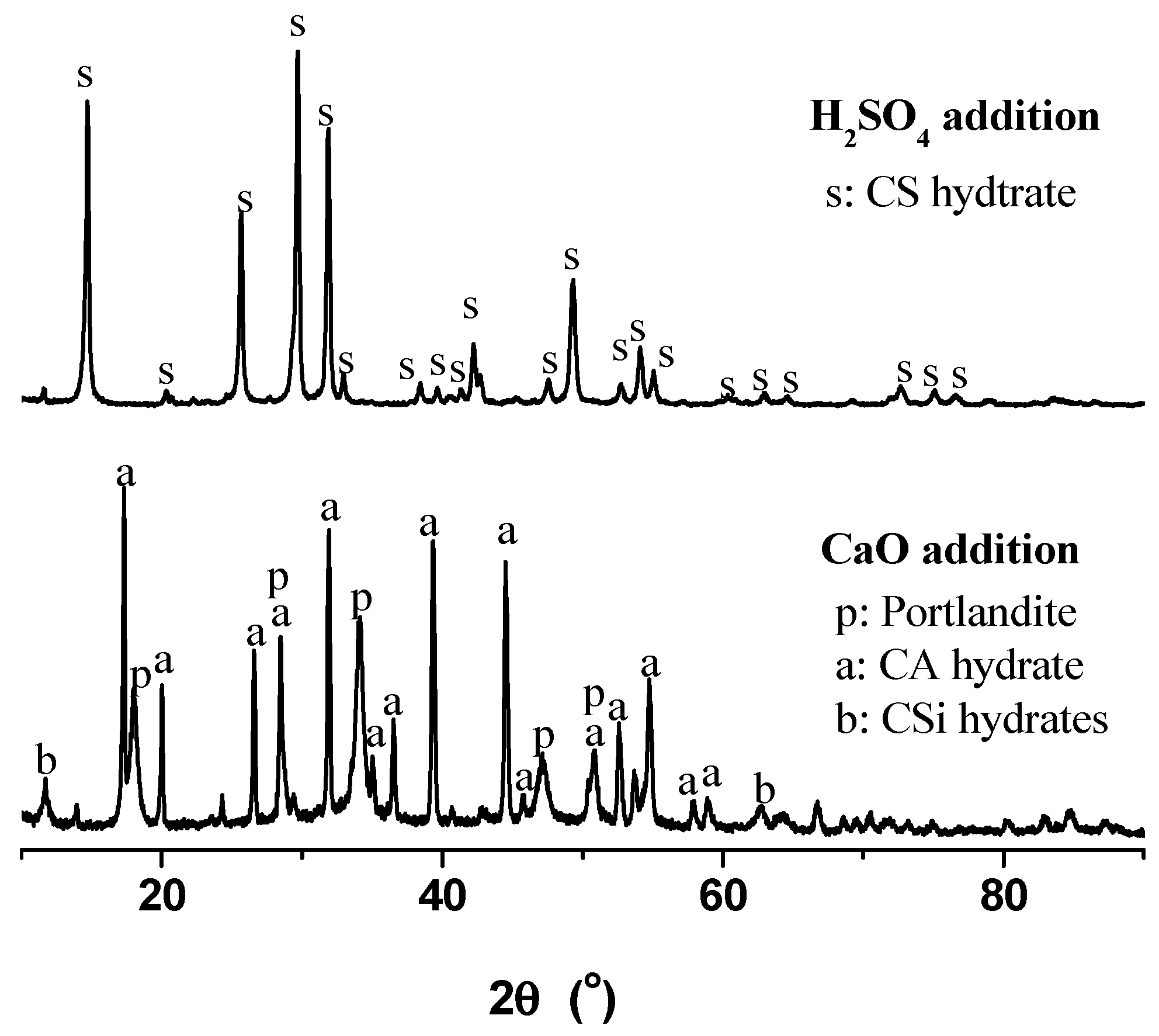
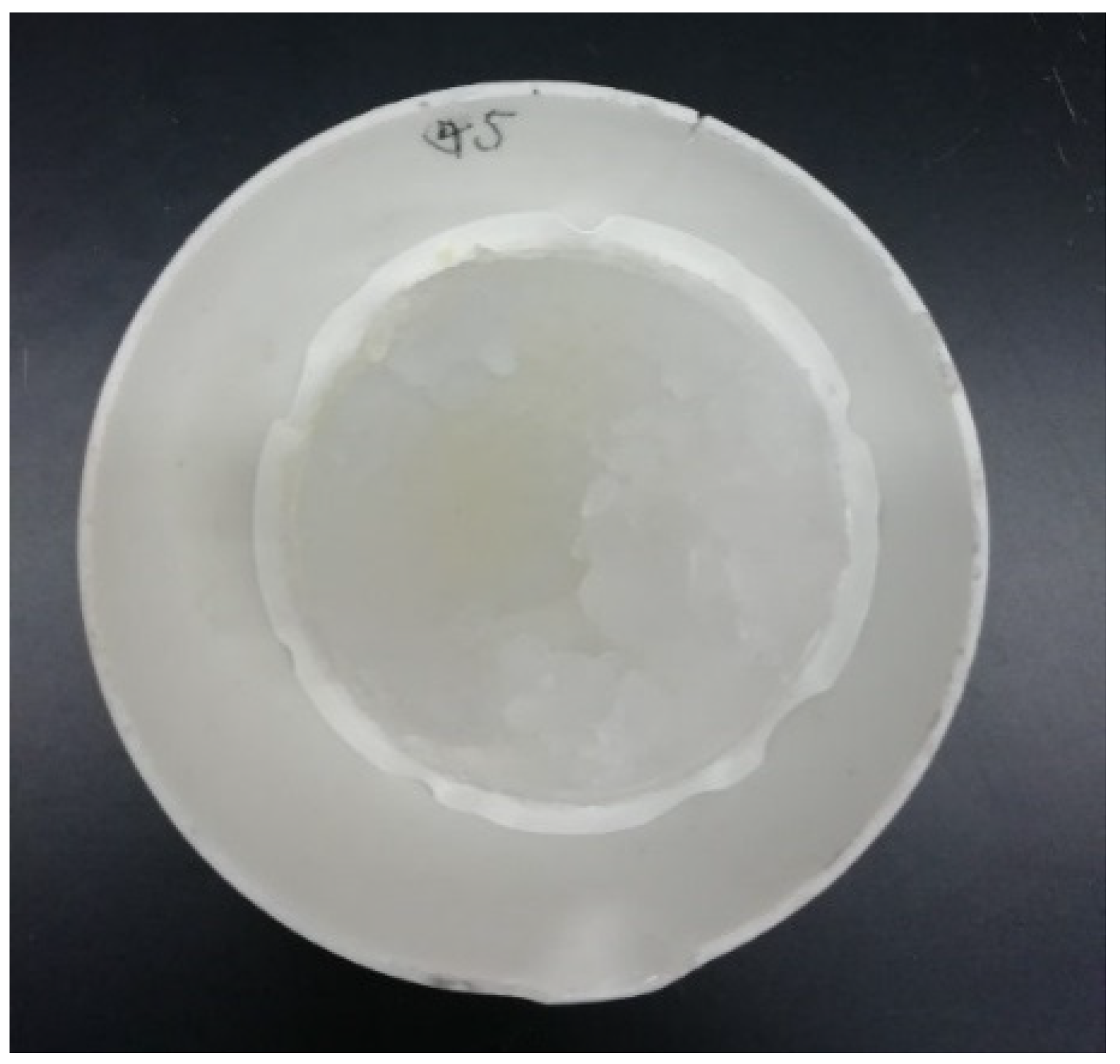
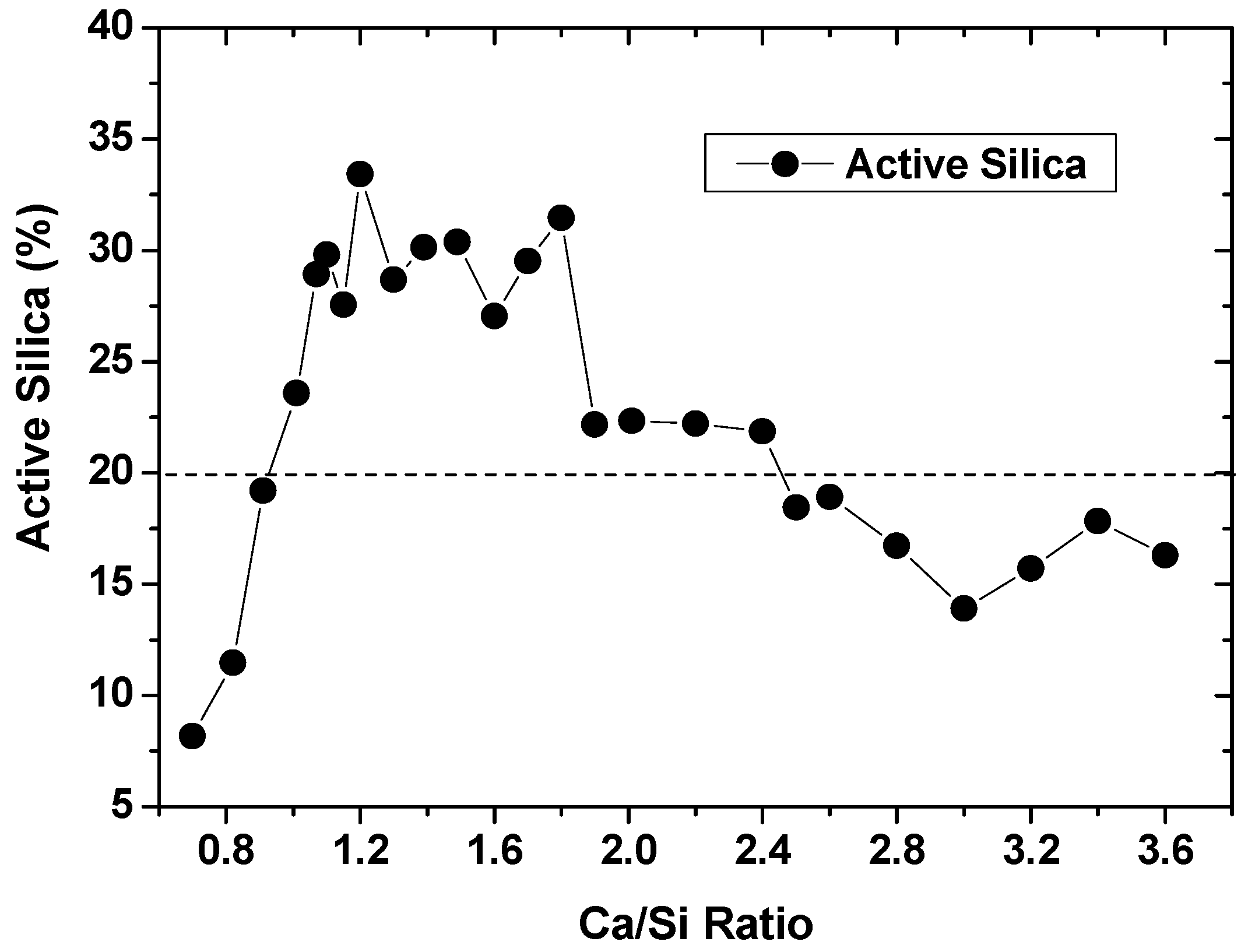
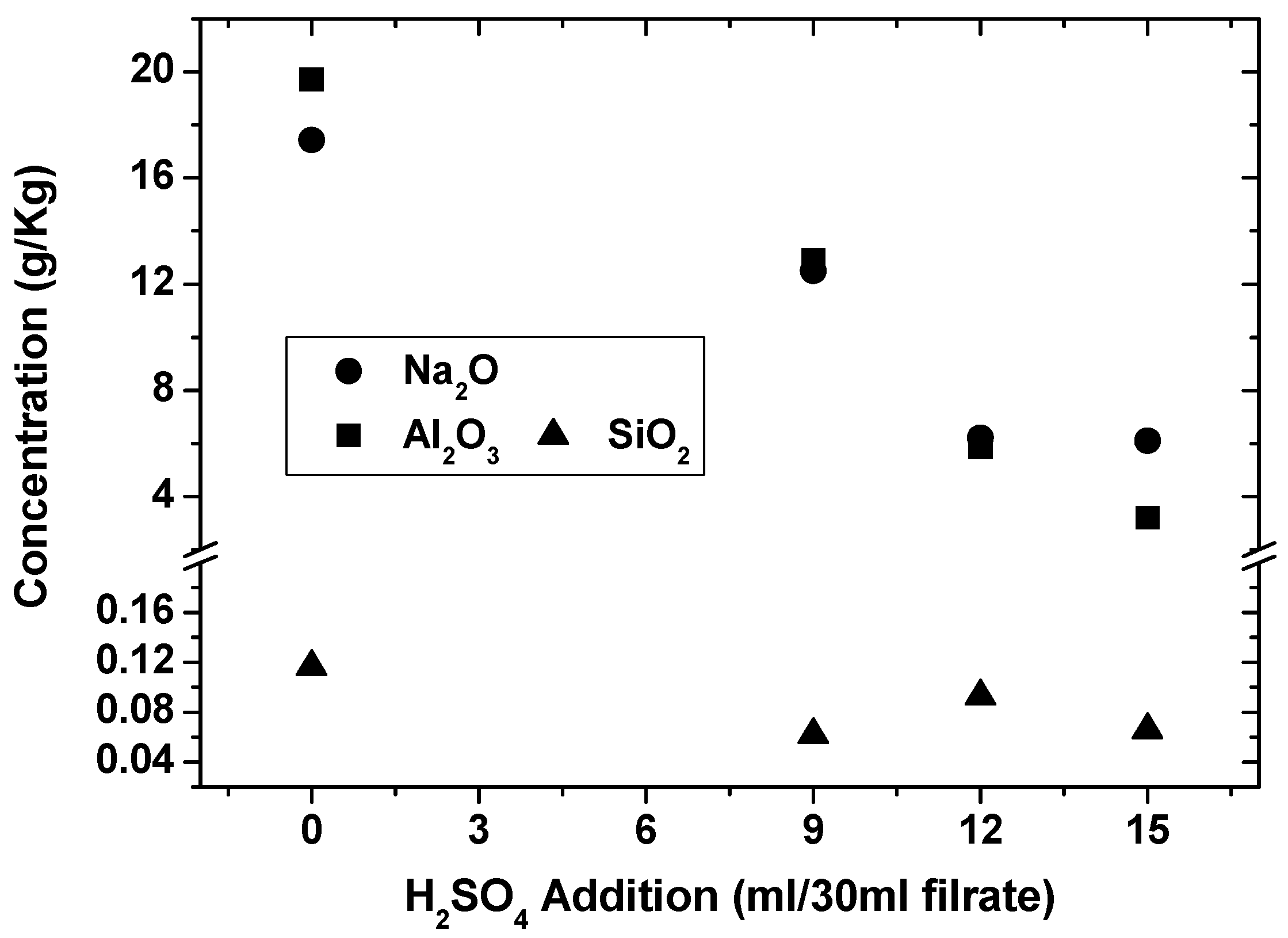

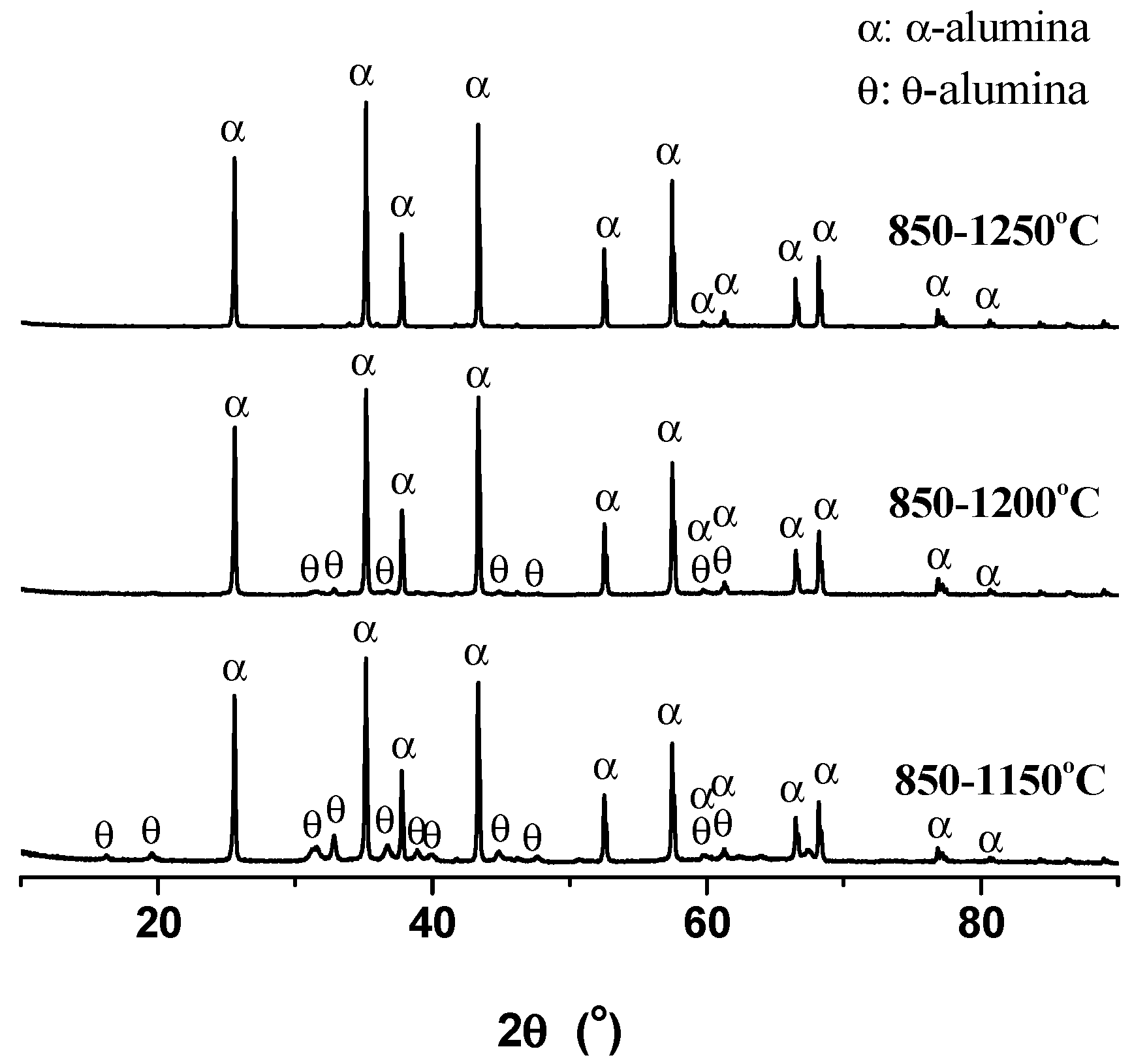
| Ash | Na2O | Al2O3 | SiO2 | SO3 | Cl | CaO | TiO2 | Fe2O3 |
|---|---|---|---|---|---|---|---|---|
| 27.95% | 51.32 | 35.80 | 2.40 | 4.07 | 2.45 | 2.53 | ||
| 28.36% | 26.29 | 28.90 | 31.01 | 4.30 | 4.26 | 2.08 | 2.63 | |
| 0.62% | 5.13 | 6.80 | 19.84 | 21.08 | 0.03 | 13.30 | 12.84 | 17.92 |
| Operations | Na2O | Al2O3 | SiO2 | SO3 | CaO | Fe2O3 |
|---|---|---|---|---|---|---|
| CaO addition | 1.39 | 28.15 | 5.35 | 0.45 | 62.77 | 0.70 |
| Dilute H2SO4 addition | 0.14 | 0.64 | 54.69 | 44.46 | 0.05 |
| Al2O3 | SiO2 | SO3 | Cl | TiO2 | Fe2O3 |
|---|---|---|---|---|---|
| 0.36 | 98.5 | 0.06 | 0.14 | 0.91 | 0.02 |
| H2SO4 | Na2O | Al2O3 | SiO2 | SO3 | CaO | Fe2O3 |
|---|---|---|---|---|---|---|
| 12 mL | 10.24 | 41.62 | 0.30 | 39.68 | 7.56 | 0.14 |
| 15 mL | 10.45 | 45.12 | 0.15 | 37.02 | 6.71 | 0.10 |
| Two Steps | Na2O | Al2O3 | SiO2 | SO3 | CaO | TiO2 | Fe2O3 |
|---|---|---|---|---|---|---|---|
| 850–1150 °C | 0.34 | 97.8 | 0.22 | 0.34 | 0.31 | 0.40 | 0.51 |
| 850–1200 °C | 0.14 | 98.2 | 0.18 | 0.04 | 0.13 | 0.33 | 0.26 |
| 850–1250 °C | 0.07 | 98.6 | 0.15 | 0.08 | 0.28 | 0.27 | 0.22 |
Publisher’s Note: MDPI stays neutral with regard to jurisdictional claims in published maps and institutional affiliations. |
© 2022 by the author. Licensee MDPI, Basel, Switzerland. This article is an open access article distributed under the terms and conditions of the Creative Commons Attribution (CC BY) license (https://creativecommons.org/licenses/by/4.0/).
Share and Cite
Zhao, L. Alumina and Silica Extraction and Byproduct Development Directly from Chemical Deashing of Coals. Minerals 2022, 12, 179. https://doi.org/10.3390/min12020179
Zhao L. Alumina and Silica Extraction and Byproduct Development Directly from Chemical Deashing of Coals. Minerals. 2022; 12(2):179. https://doi.org/10.3390/min12020179
Chicago/Turabian StyleZhao, Lijun. 2022. "Alumina and Silica Extraction and Byproduct Development Directly from Chemical Deashing of Coals" Minerals 12, no. 2: 179. https://doi.org/10.3390/min12020179






